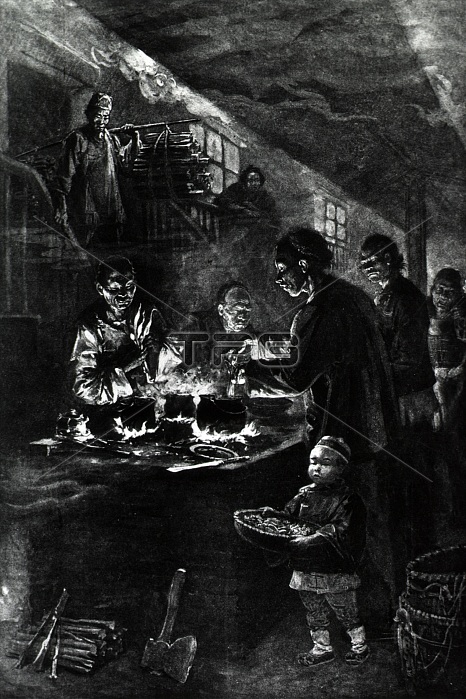
The bubonic plague in San Francisco. Chinamen, confined within the Chinese quarter, cooking their meals. The San Francisco plague of 1900-04 was an epidemic of bubonic plague centered on San Francisco's Chinatown. It was the first plague epidemic in the continental United States. The epidemic was recognized by medical authorities in March 1900, but its existence was denied for more than two years by Henry Gage, the Governor of California. His denial was based on business reasons: the wish to keep the reputations of San Francisco and California clean and to prevent the loss of revenue from trade stopped by quarantine. The failure to act quickly may have allowed the disease to establish itself among local animal populations. Federal authorities worked to build a case to prove that there was a major medical health problem, and they isolated the affected area. Proof that an epidemic was occurring served to undermine the credibility of Gage, and he lost the governorship in the 1902 elections. The new governor, George Pardee, quietly implemented a medical solution and the epidemic was stopped in 1904. There were 121 cases identified, including 113 deaths.
| px | px | dpi | = | cm | x | cm | = | MB |
Details
Creative#:
TOP22176463
Source:
達志影像
Authorization Type:
RM
Release Information:
須由TPG 完整授權
Model Release:
N/A
Property Release:
No
Right to Privacy:
No
Same folder images:

 Loading
Loading